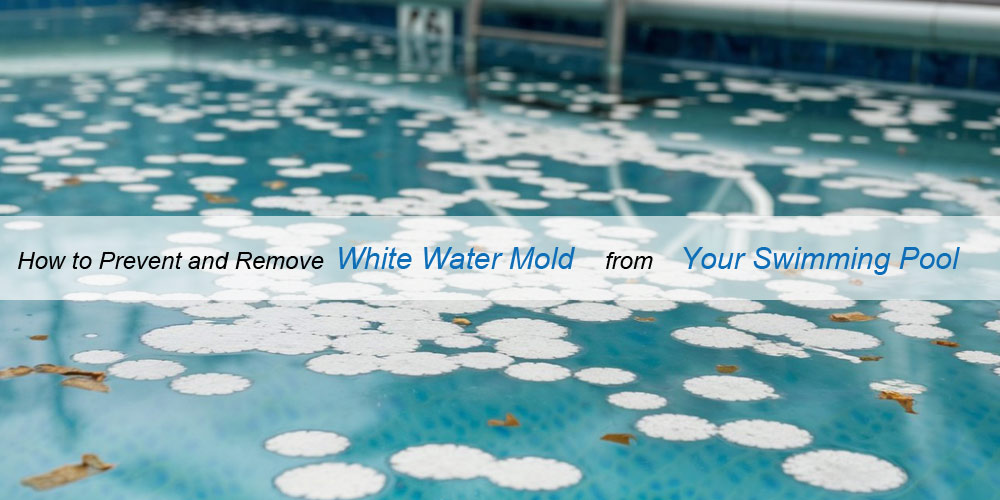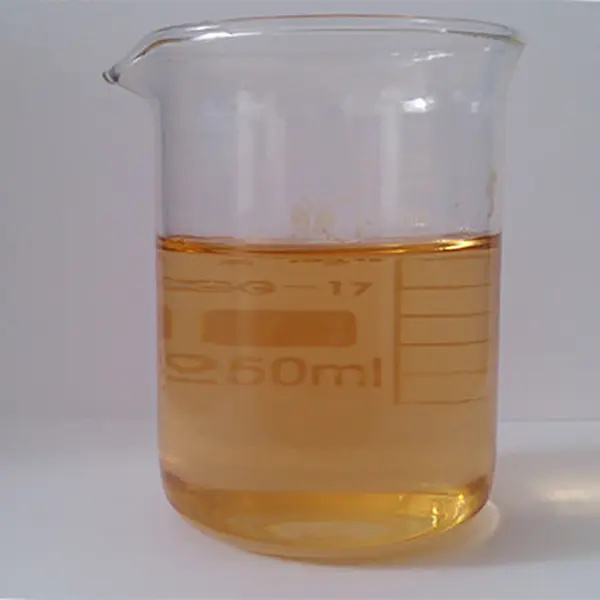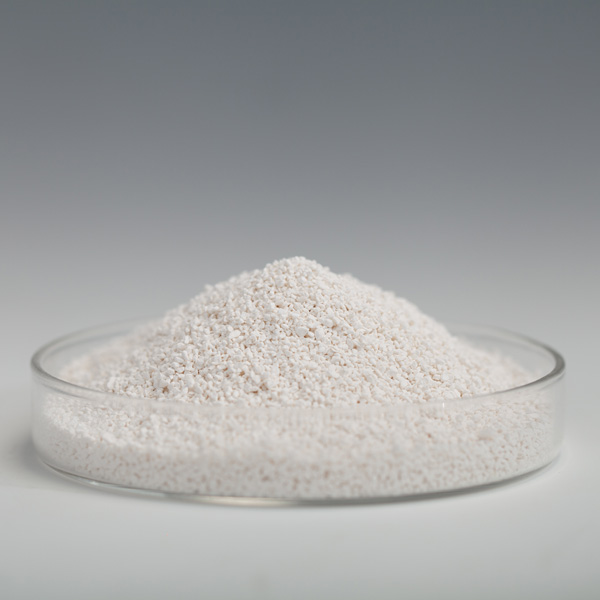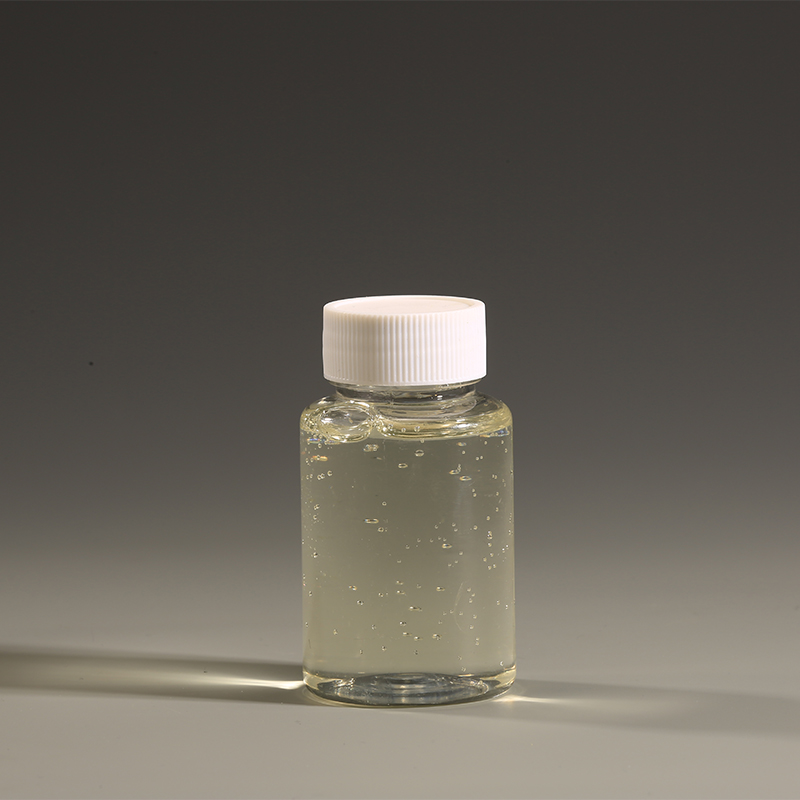What is white water mold?
White water mold is a fungus that grows in moist, warm environments. Unlike algae and other contaminants, white water mold appears as a white, slimy substance. This mold thrives in pools with poor water circulation or chemical imbalances.
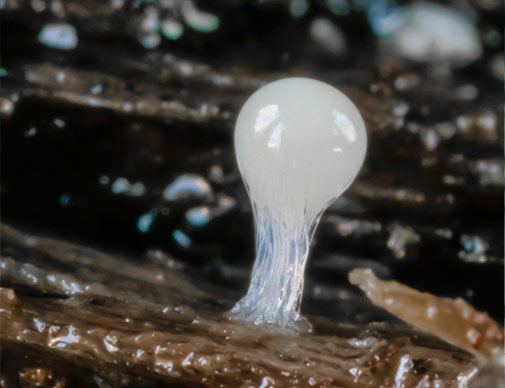
Is white water mold harmful to humans?
It is not harmful to humans, but it can affect water clarity and make your pool look messy. If left untreated, it can make the pool surface slippery, causing swimmers to fall and other accidents and make the water unsightly. Once you notice signs of white mold, it is best to address the problem as soon as possible.
What causes white water mold in your pool?
1. Poor Circulation and Filtration: Pools with inadequate water circulation and poor filtration provide a perfect breeding ground for mold.
2. Imbalanced Pool Chemistry: If the pool’s pH, alkalinity, or chlorine levels are out of balance, it can create an environment conducive to mold growth. Low chlorine levels, in particular, fail to kill mold spores, allowing them to multiply.
3. Organic Debris: Mold feeds on organic material like leaves, dirt, and debris. If these are left in the pool for long periods, they can break down and provide nutrients for the mold.
4.Low Water Temperature: White water mold is more likely to grow in cooler water, typically under 60°F (15°C), though it can thrive in a range of temperatures. In colder months or cooler climates, pools are more susceptible to mold growth. How to Prevent White Water Mold in Your Pool?
Maintain good maintenance and cleaning habits
Keep your pool clean regularly to prevent mold growth. This means carefully maintaining the water chemistry and using pool cleaning supplies such as brushes, sponges, and pool vacuums to keep the surface clean. Make sure your pool’s filtration system is operating effectively. Check that the pump is running long enough each day (usually 8-12 hours, depending on the size of the pool) to ensure proper circulation.
Balance your pool chemicals
Test your pool’s pH, chlorine, alkalinity, and calcium hardness levels regularly. A pH between 7.2-7.8, free chlorine between 1–3 ppm, free of nitrogen and phosphur and alkalinity between 60-180 ppm are ideal conditions to prevent mold growth. Adjust your pool chemicals as needed to ensure the water remains balanced.
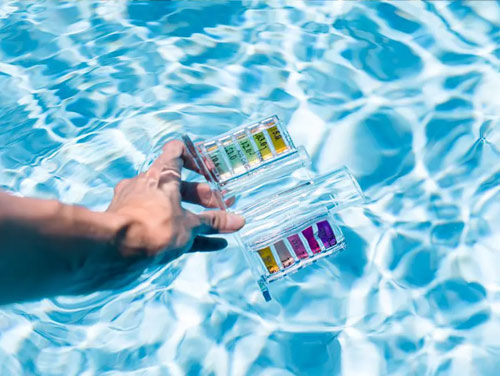
Allow proper UV exposure
UV rays help kill whitewater mold, so if possible, keep your pool and accessories exposed to sunlight.
Clean your pool filter regularly
Clean or replace your filter regularly to remove debris and prevent mold spores from settling.
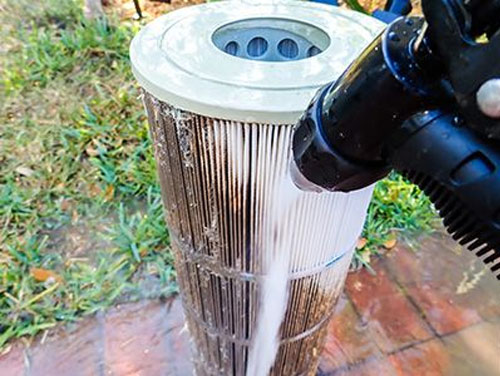
How to Get Rid of Whitewater Mold in Your Pool
If whitewater mold has already entered your pool, it is important to take immediate action. Here is a step-by-step guide to getting rid of whitewater mold:
Adjust the water chemistry balance
First test your pool water and adjust the chemical levels. Make sure the pH, alkalinity, and chlorine levels are within the recommended ranges.
Scrub the Pool Surface:
Use a stiff brush to scrub the pool surface, especially the walls and floor, to loosen the mold, and remove any visible water mold debris. Be sure to brush areas with poor circulation, such as corners and ladders. Scrubbing is important because mold spores can settle on these surfaces and continue to grow if left undisturbed.
Add water to cover the original waterline
This is particularly important! A higher water level can cover the areas above the pool surface that may be contaminated (such as near the overflow or where swimmers often touch), thereby avoiding the inability to kill white water mold residues above the normal water level during the shock process due to water level problems, and improving the overall shock effect.
Shock the Pool
Shock is also called superchlorination. Shock your pool using a chlorine-based pool shock product. Follow the manufacturer's instructions for adding shock (typically a chlorine shock treatment calls for 10mg/L of free chlorine) and let the pool filter run for at least 24 hours. This will help kill any remaining mold spores in the water.
The products we recommend for this step are Sodium Dichloroisocyanurate or Calcium Hypochlorite. They dissolve quickly and have a high available chlorine content.
Scrub the pool surface again
After the shock, you need to scrub the pool surface again to remove the remaining whitewater mold corpses.
Use flocculants or clarifiers
The purpose of adding flocculants is to flocculate and settle the dead bodies of white water mold and other impurities in the water body to make the water body clear. Here we recommend using PolyDADMAC or Blue Clear Clarifier ( BCC ). They have a great flocculation effect.
Vacuum Your Pool
After brushing, vacuum your pool to remove any loose mold and debris. Be thorough when cleaning, as mold often hides in hard-to-reach places.
Clean Pool Equipment
Also take this opportunity to thoroughly clean your pool equipment, including ladders, accessories, lights, and pool toys or anything else that could have come in contact with the mold to ensure you don’t accidentally leave any spots behind.
Clean Your Filter Again
Your filter will now be picking up any remaining white mold, so it’s best to give it a second cleaning and make sure it’s suitable for your newly clean water.
Test Water Quality, Adjust Chemical Balance
Finally, test your water quality and rebalance it if necessary to get the pH, alkalinity, and chlorine levels back to where they should be. Add sufficient amount of non-foaming Algaecide (such as Super Algaecide, Strong Algaecide). Over the next few days, keep an eye out for any recurring mold—you may need to brush and vacuum for the first few days after mold removal to ensure it doesn’t return.

Whitewater mold can be a troubling problem for pool owners, but it can be effectively prevented and removed with the right maintenance practices. If mold does appear, taking prompt action by adjusting chemicals, brushing, shocking, and using specialized products will help restore your pool to its original condition. Remember, prevention is the key to avoiding mold problems, so pay close attention to your pool maintenance routine to keep your swimming environment clean and pleasant.
For more information on pool maintenance and other issues related to pool chemicals, please refer to "Swimming Pool Maintenance"
Post time: Jan-13-2025

